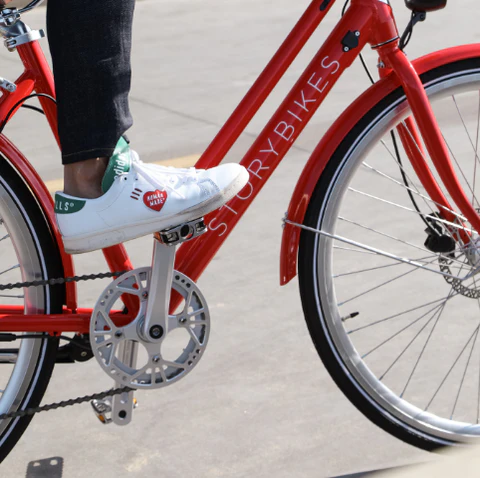One of the standout features of electric bikes is their pedal-assist systems (PAS), which make riding easier and more enjoyable. Unlike traditional bicycles, electric bikes allow you to cover greater distances at higher speeds with less effort. While all e-bikes come equipped with some form of PAS, the type of system can vary significantly. Two primary types of pedal-assist systems are torque sensing and cadence sensing. Each has its own unique way of engaging the motor based on the rider's actions, impacting both the smoothness of your ride and the efficiency of your battery. When diving into the world of e-bikes, it's easy to feel overwhelmed by the technical jargon. These terms—torque sensing and cadence sensing—can be particularly confusing for newcomers. If you're considering purchasing an e-bike, understanding the nuances between these two systems is crucial. We’re here to break it down for you so you can make an informed decision. Torque-based pedal assist systems are considered more sophisticated because they respond directly to the force you apply to the pedals. This means that the bike adjusts the level of pedal assist based on how hard you're pushing. For instance, if you encounter an uphill climb, the bike will automatically increase pedal assist as you apply more pressure. Conversely, when you descend, the pedal assist might reduce or even shut off temporarily, conserving battery life. This dynamic responsiveness ensures a smoother, more intuitive ride. While torque sensing systems are typically more expensive, they offer several advantages. They provide a seamless riding experience, especially on varied terrain, and they tend to consume less battery power. This makes them ideal for long-distance riders or anyone looking for a versatile e-bike that adapts to their changing needs. In contrast, cadence-sensing systems rely on a simpler mechanism. They detect when you start pedaling and activate pedal assist accordingly. Unlike torque sensors, cadence sensors don't measure the force you apply to the pedals; instead, they operate based on whether or not you're pedaling. This makes them easier to install and generally less costly, which is why many budget-friendly e-bikes feature this technology. However, cadence sensors aren't without limitations. On flat terrain, they work well enough, but they struggle on hills or inclines. Since they don't adjust pedal assist dynamically, the transition between different terrains can feel abrupt and unnatural. Riders who primarily stick to flat areas might find this system sufficient, but those tackling diverse landscapes may prefer the precision of a torque-sensing system. When comparing torque and cadence sensing systems, there are key differences to consider. Torque sensing offers a smoother, more responsive ride, particularly on challenging terrains. It also optimizes battery usage, ensuring longer rides before needing a recharge. On the other hand, cadence sensing is straightforward and economical, making it a practical choice for riders with specific needs or budgets. Ultimately, the decision comes down to your priorities. If you're looking for a long-term investment that grows with you, a torque-sensing e-bike is likely the better option. But if you're just starting out and don't anticipate frequent changes in terrain or intensity, a cadence-sensing model could meet your needs adequately. Both torque and cadence sensing systems have their merits, but torque sensing clearly edges out cadence sensing in terms of performance and versatility. Whether you're commuting through city streets or exploring rugged trails, a torque-sensing e-bike provides a superior riding experience with enhanced battery efficiency. Of course, the higher price tag associated with torque sensing should be weighed against the potential benefits. At our shop, we believe in offering quality without compromise. Our selection includes step-through bikes, road bikes, and commuter models designed to blend timeless aesthetics with cutting-edge technology. Every purchase supports our mission to empower students in Zimbabwe by donating a bike for every one sold. Ready to explore the possibilities? Browse our collection today and let us know if you have any questions! Other Transmission Related Parts Other Transmission Related Parts,Clutch Gear,Oil Return Tube,Driving Tooth HONG KONG CRS INTERNATIONAL TRADING COMPANY LIMITED , https://www.crstrans.com
Torque Sensing: An Advanced Experience
Cadence Sensing: Simpler Yet Effective
Torque vs. Cadence: Which is Right for You?
The Final Verdict